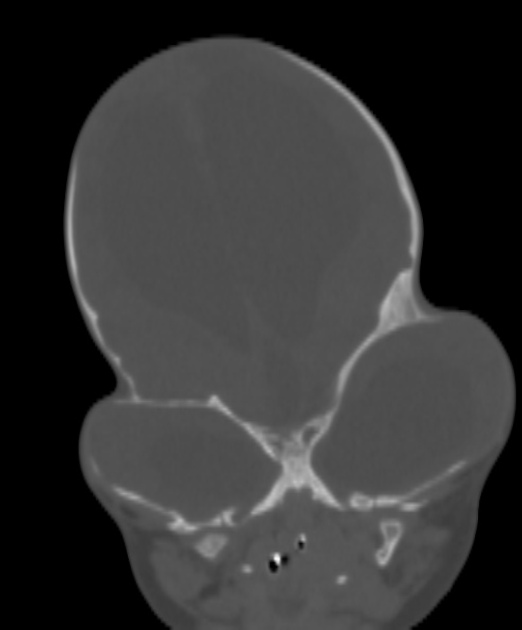Pfeiffer syndrome (also known as type V acrocephalosyndactyly) is characterized by skull and limb abnormalities.
On this page:
Epidemiology
It affects about 1 in 100,000 births
Clinical presentation
Pathology
Pfeiffer syndrome is strongly associated with mutations of the fibroblast growth factor receptor 1 gene (FGFR1) on chromosome 8 or the fibroblast growth factor receptor 2 (FGFR2) gene on chromosome 10.
Classification
- type 1: classic Pfeiffer; most individuals have normal intelligence and lifespan. Inherited in an autosomal dominant pattern.
- type 2: includes a cloverleaf skull (Kleeblattschädel); occurs sporadically and has a poor prognosis with severe neurological compromise.
- type 3: includes craniosynostosis and severe proptosis; occurs sporadically and has poor prognosis.
History and etymology
It was first described by Rudolph Arthur Pfeiffer in 1964.
Differential diagnosis
Consider other forms of acrocephalosyndactyly such as






 Unable to process the form. Check for errors and try again.
Unable to process the form. Check for errors and try again.